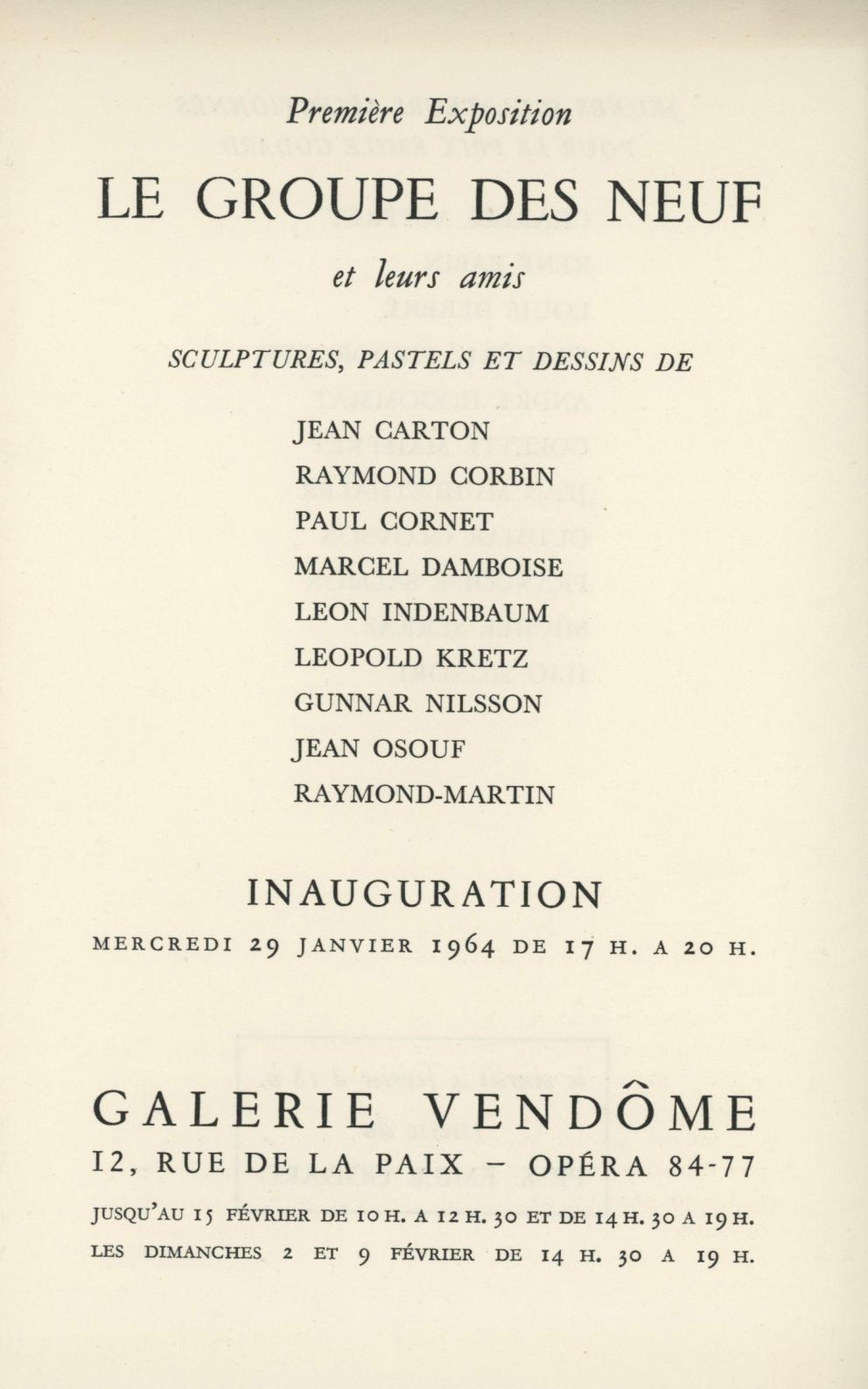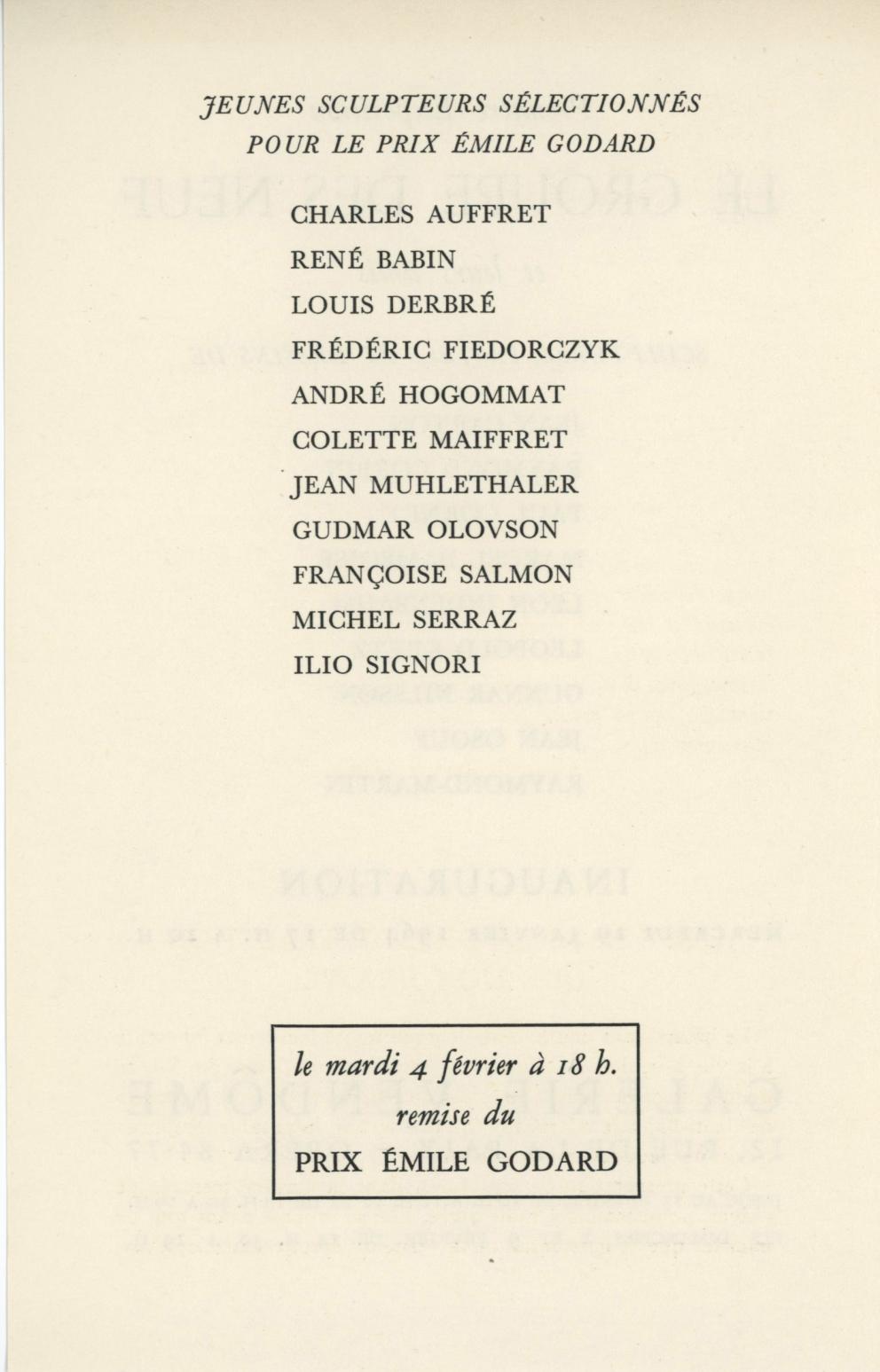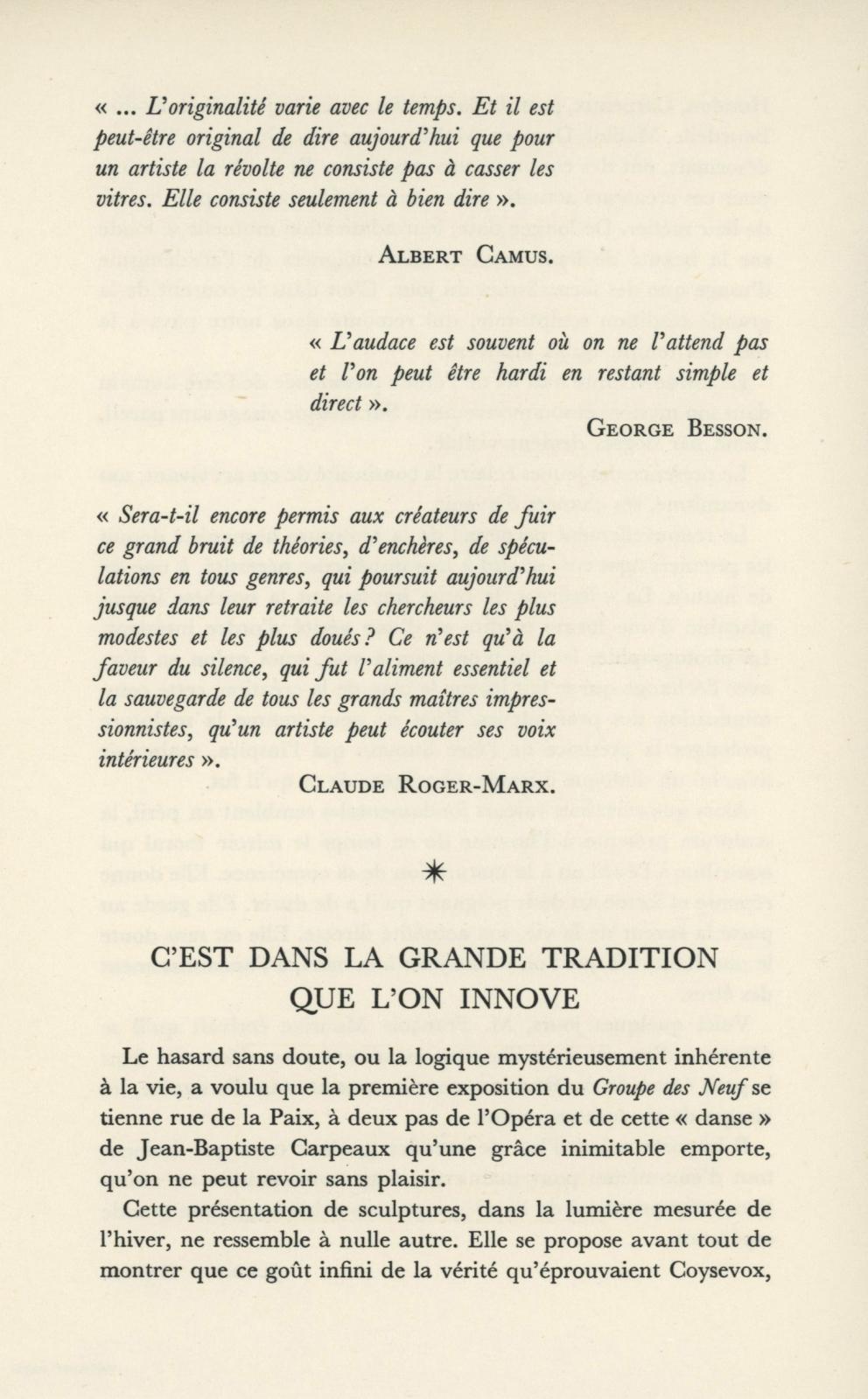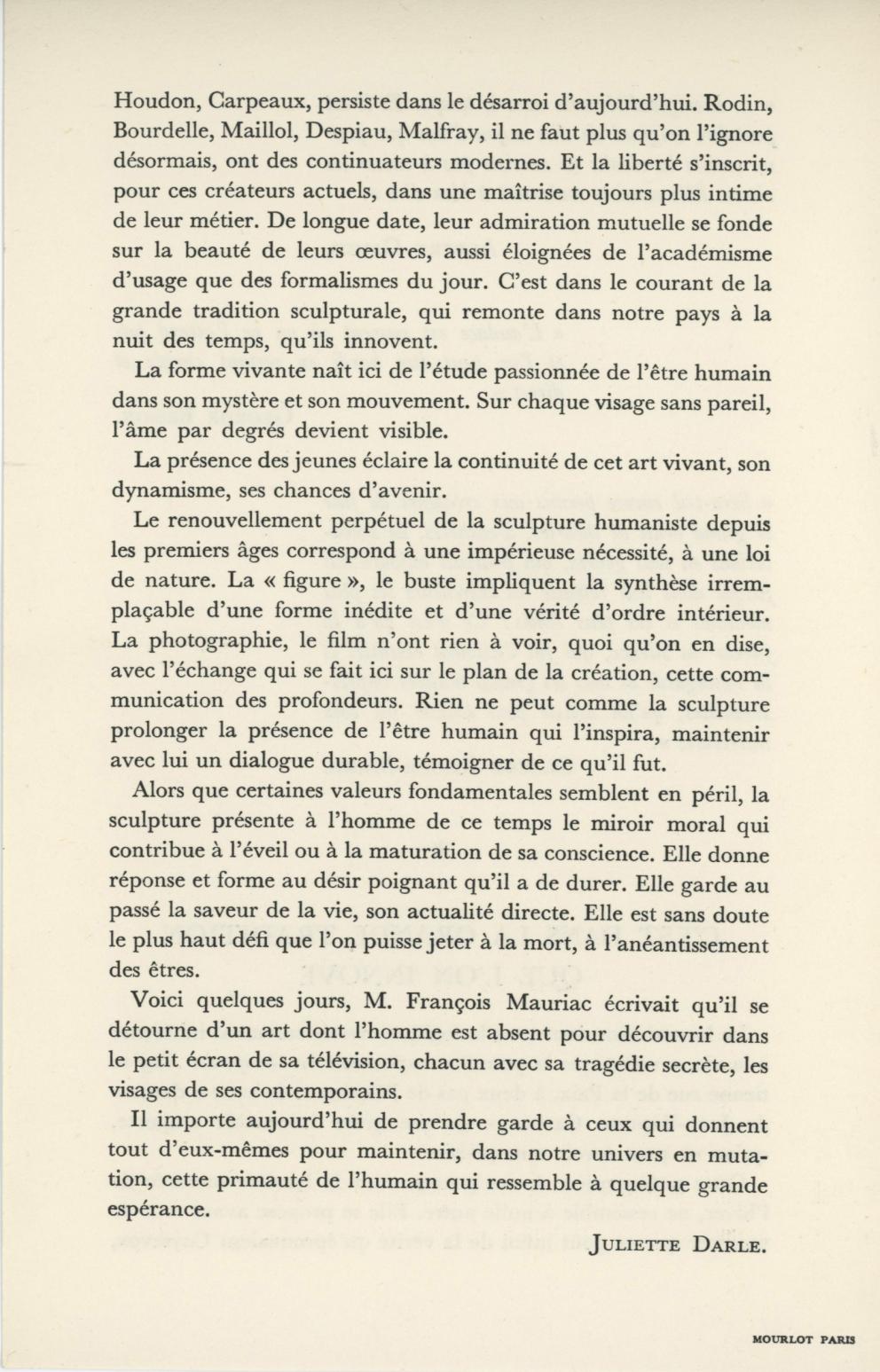The Group of Nine
The presence of a being inscribed in stone or bronze taught everyone something about themselves, about the possibilities that we have of lasting.”(Juliette DARLE, “Twenty-two Sculptors Bear Witness to Man,” in XXe Salon de l’Union des Arts Plastiques de Saint-Denis (exhibition catalogue, Saint-Denis, Salle de la légion d’honneur, November 5 – 27, 1966), Saint-Denis, 1966)
On November 11, 1963, nine sculptors—Jean Carton (1912-1988), Paul Cornet (1892-1977), Raymond Corbin (1907-2002), Marcel Damboise (1903-1992), Léon Indenbaum (1890-1981), Léopold Kretz (1907-1990), Gunnar Nilsson (1904-1995), Jean Osouf (1898-1996) and Raymond Martin (1910-1992)—gathered under Auguste Rodin’s statue Balzacin the Boulevard Raspail in Paris. They presented themselves to the press as le Groupe des Neuf (the Group of Nine). The group had been formed that same year, under the initiative of the art critic André Barrère and the poet Juliette Darle (see insert below), with the goal of defending the independent figurative sculpture that had been handed down to them by their masters, the artists of the Bande à Schnegg. As Juliette Darle said of this group: “They’re innovating within the great sculptural tradition that, in our country, goes back to the birth of time.”(Ibid., “Under the sign of Rodin. The birth of the “Group of Nine,” Arts, 1963.)
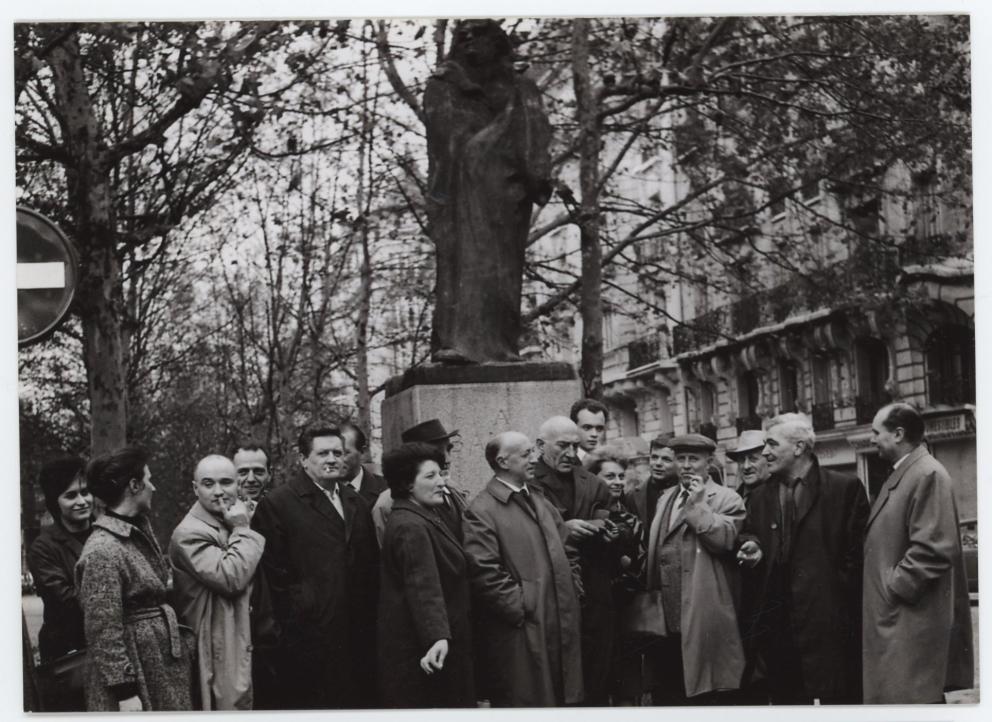
The sculptors of the Group of Nine were students of the artists who had earlier constituted the Bande à Schnegg: Charles Despiau (1874-1946), François Pompon (1855-1933), Jane Poupelet (1878-1951), Lucien (1864-1909) and Gaston (1866-1953) Schnegg, Robert Wlérick (1882-1944) ... They had all worked in or around Auguste Rodin’s studio and had assimilated his fundamental principles: contact with nature and the rigorous organization of planes. And yet they distanced themselves from the work of the exalted master through their determination to attain their ideal of calm, serenity, and simplicity. Critics called these sculptors the Bande à Schnegg (Schnegg’s Gang) after their apparent leader, Lucien Schnegg. This label underscored their quality of “going against the grain” as, at the time, the term “bande” was usually applied only to anarchists. The preferred subject for these sculptors was the human figure, and this preference gave rise to the independent sculpture movement. Their focus on the human figure constituted a perpetual act of resistance to the standards of the Academy and to the pressures of “official” modernity.
Juliette Darle (1921-2013) was an important 20th century poet; a close friend of Blaise Cendrars, Paul Éluard, and Louis Aragon, she supported them by introducing them to various editors. Born in the Sancerre region, she came to Paris, where she met Pablo Picasso and Alberto Giacometti and published interviews with Fernand Léger. She achieved acclaim with her 1957 collection Léonard et la machine volante (Leonardo and the Flying Machine). A precursor of poésie murale, of which her works shows hints, Juliette Darle and her husband, the writer André Darle (founder of the Tristan-Tzara Prize) traveled throughout France in the company of poets. Her poems, both spoken and sung, were featured in a number of shows produced in Paris at the Espace Pierre Cardin, the Galerie nationale du Grand Palais, and the Musée de l’Homme. She was strongly affected by Bertolt Brecht’s visit to Paris. She frequented cabarets and toured Provence, reciting her poems with Alain Buci on guitar, in a setting projected by the painter Lasilas Kijno with images by André Villers. She also edited the journal Le Temps de poètes. She was an acrobat of modern times who dreamed of a dialogue among the arts and defended independent sculpture. (Principal source: Wikipedia)
As such, the members of the Group of Nine were, in effect, the second generation of independent sculpture, defending their inherited values and pursuing the projects begun by their masters.
The group’s first exhibition opened on January 29, 1964, at the Galerie Vendôme in Paris (fig. 1). Their works were presented alongside those of their “invitees”—young sculptors chosen to compete for the Émile Godard Prize and who were considered capable of furthering the cause of figurative sculpture: Charles Auffret (1929-2001), René Babin (1919-1997), Gudmar Olovson (1936-2017), and Françoise Salmon (1917-2014), among others. Charles Auffret won the prize for his Femme à la toilette (Woman at her Toilette) (fig. 2). This recognition launched his artistic career, which included works such as La Méditation (1965), Les Amoureux d’Ouessant (1980), L’Étreinte (1990), and Le grand Saint-Joseph(1990), and opened up a teaching position for him at the École des Beaux-Arts in Reims.
Despite this first exhibition, the Group of Nine remained largely unknown to the general public. Pierre Cabanne, who interviewed the members in February of 1964 (Pierre Cabanne, “Les Neuf” (“The Nine”), Le Journal des Arts, February 11, 1964.), tried to find an explanation, asking “Is it because you’re classical?” Jean Carton responded, saying “No, it’s because we’re not supported.” Marcel Damboise then suggested, “Perhaps it’s because we’re not classical,” and Paul Cornet added, ironically, “Me, I’m known—I won the Prix National des Arts.” The lack of public recognition also had a lot to do with the response of the State, which supported official art, which, at the time, was abstract art. When asked how many commissions he’d gotten from the State, Raymond Martin replied, “The State has hired me to teach young people, and through that, it helps me and gives me the peace of mind that I need in order to do the work that I want to do. But as far as commissions go, I’ve been asked to do a few monuments, but you can count them on your fingers. Marcel Damboise, unlike sculptors such as Jean Carton and Jean Osouf, did receive some commissions, as did Paul Cornet, thanks to the “1% for Art” program. These artists were not discouraged, though, and saw the situation rather as a stimulus, underscoring their role as “part of the tradition of living art, which always goes against popular opinion and that of the State.”.
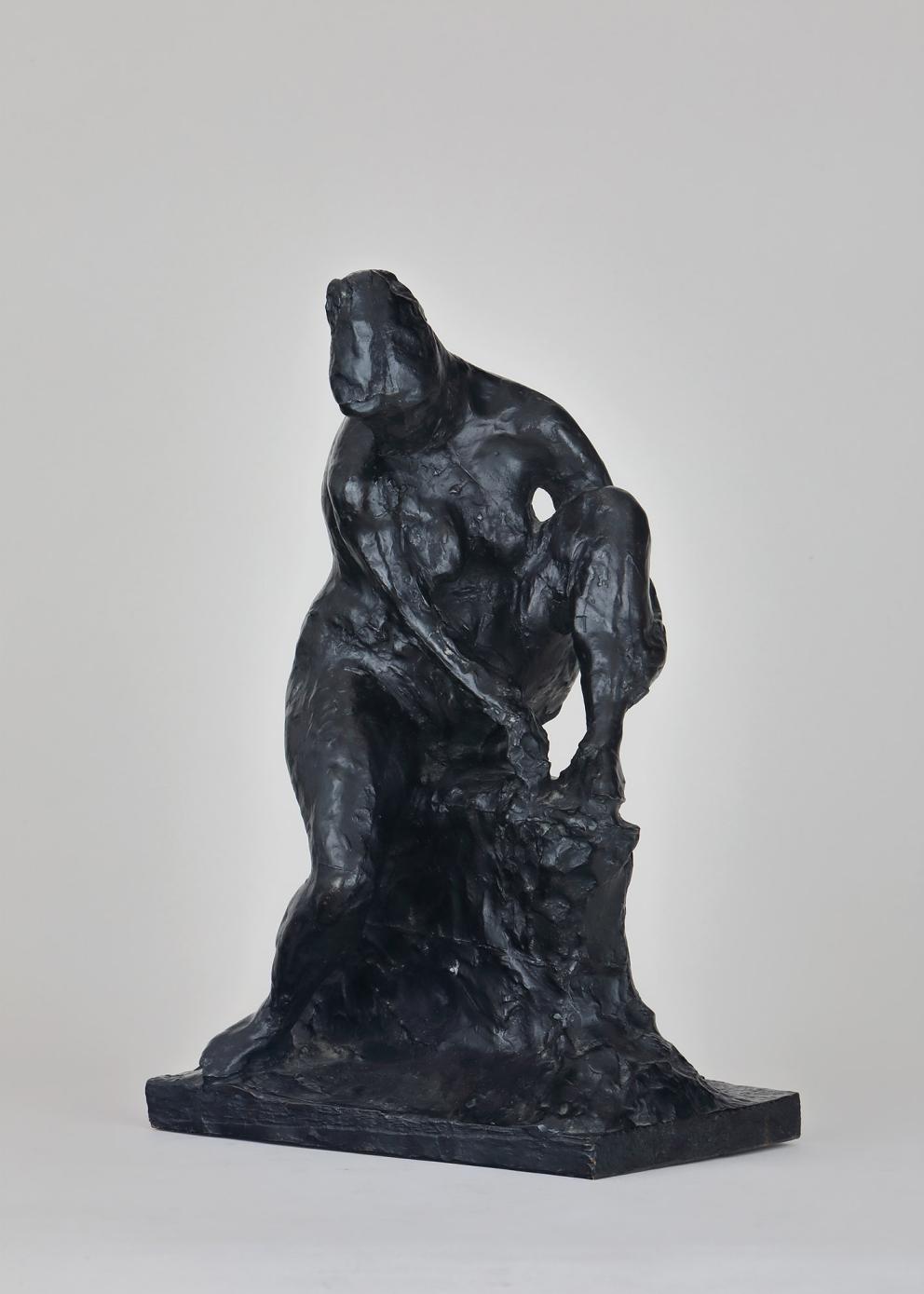
In 1966, the artists of the Group of Nine had a second exhibition at Saint-Denis titled Vingt-deux Sculpteurs témoignent de l’Homme (Twenty-Two Sculptors Bear Witness to Man). Juliette Darle, in commenting on this exhibition, underscored the quality of the collection and “the vitality of this new spirit, which is clearly linked to the future of humanity.”(Juliette DARLE, “22 sculpteurs témoignent de l’homme,” op. cit.) Then, in 1967, the Premier Festival de sculpture contemporaine (the First Festival of Contemporary Sculpture) was held in Saint-Ouen, which brought the works of the Group of Nine together with those of Antoine Bourdelle, Aristide Maillol, and Germaine Richier.
After that, the nine artists pursued their careers independently, enriched by their exchanges with each other and by their shared vision that “nothing responds better than sculpture to the poignant human need to survive, to perpetuate our fleeting passage across this earth.”(Juliette DARLE, press release “Ier Festival de Sculpture au château de Saint-Ouen,” (“First Festival of Sculpture at the Châteqau of Saint-Ouen”), 1966, archives of the Galerie Malaquais)
BIBLOGRAPHIE
Expositions
- 1964 Le Groupe des Neuf et leurs amis, 29 janvier – 15 février 1964, Galerie Vendôme, Paris.
- 1966 22 Sculpteurs témoignent de l’Homme, 5 - 27 novembre 1966, XXe Salon de l’Union des Arts Plastiques de Saint-Denis, Salle de la légion d’honneur, Saint-Denis.
- 1966 Premier Festival de Sculpture contemporaine, 10 décembre 1966 – 29 janvier 1967, Château de Saint-Ouen.
- 1967 décembre 1967, Foyer du Théâtre Montparnasse, Paris.
- 1969 80e Salon des Indépendants, 28 mars – 20 avril 1969, Grand-Palais des Champs-Élysées, Paris.
Communiqués de presse
- « Naissance du Groupe des Neuf », 1963, Archives Galerie Malaquais.
- « Ier Festival de Sculpture au château de Saint-Ouen », 1966, Archives Galerie Malaquais.
Articles de presse
- 1963 DARLE, Juliette, « Sous le signe de Rodin. Naissance du “Groupe des Neuf”», Arts, 1963.
- 1964 CHARMET, Raymond, « L’offensive de la sculpture figurative », Arts, 5 février 1964.
- 1964 ROGER-MARX, Claude, « Le serment des neuf », Le Figaro littéraire, 6-12 février 1964.
- 1964 CABANNE, Pierre, « Les Neuf », Le Journal des Arts, 11 février 1964.
- 1964 MARCHAND, Sabine, « Le Groupe des “Neuf” », Figaro, 13 février 1964
- 1964 PLUCHART, François, « Neuf sculpteurs », Combat, 17 février 1964.
- 1967 HILAIRE, Georges, « Les clés de la sculpture », Exposition au Théâtre Montparnasse, 1967.
- 1969 COGNIAT, Raymond, « L’exemple des “Neuf” », Le Figaro, 17 avril 1969.
- 1969 DARLE, Juliette, « Présence de la sculpture au 80e Salon des Indépendants », 14 avril 1969.
Catalogues d’expositions
- 1966 DARLE, Juliette, « 22 sculpteurs témoignent de l’homme », dans XXe Salon de l’Union des Arts Plastiques de Saint-Denis (cat.exp., Saint-Denis, Salle de la légion d’honneur, 5 – 27 novembre 1966), Saint-Denis, 1966, non paginé.
- 2012 DESVAGES, Mathilde, « Charles Auffret, l’élu du Groupe des Neuf », dans Charles Auffret (1929-2001). Sculpteur et dessinateur, dir. Jean-Baptiste Auffret, Christophe Richard, (cat.exp., Mont-de-Marsan, Musée Despiau-Wlérick, 10 août – 16 septembre 2012), Mont-de-Marsan, L’Atelier des Brisants, 2012, p.13-23.
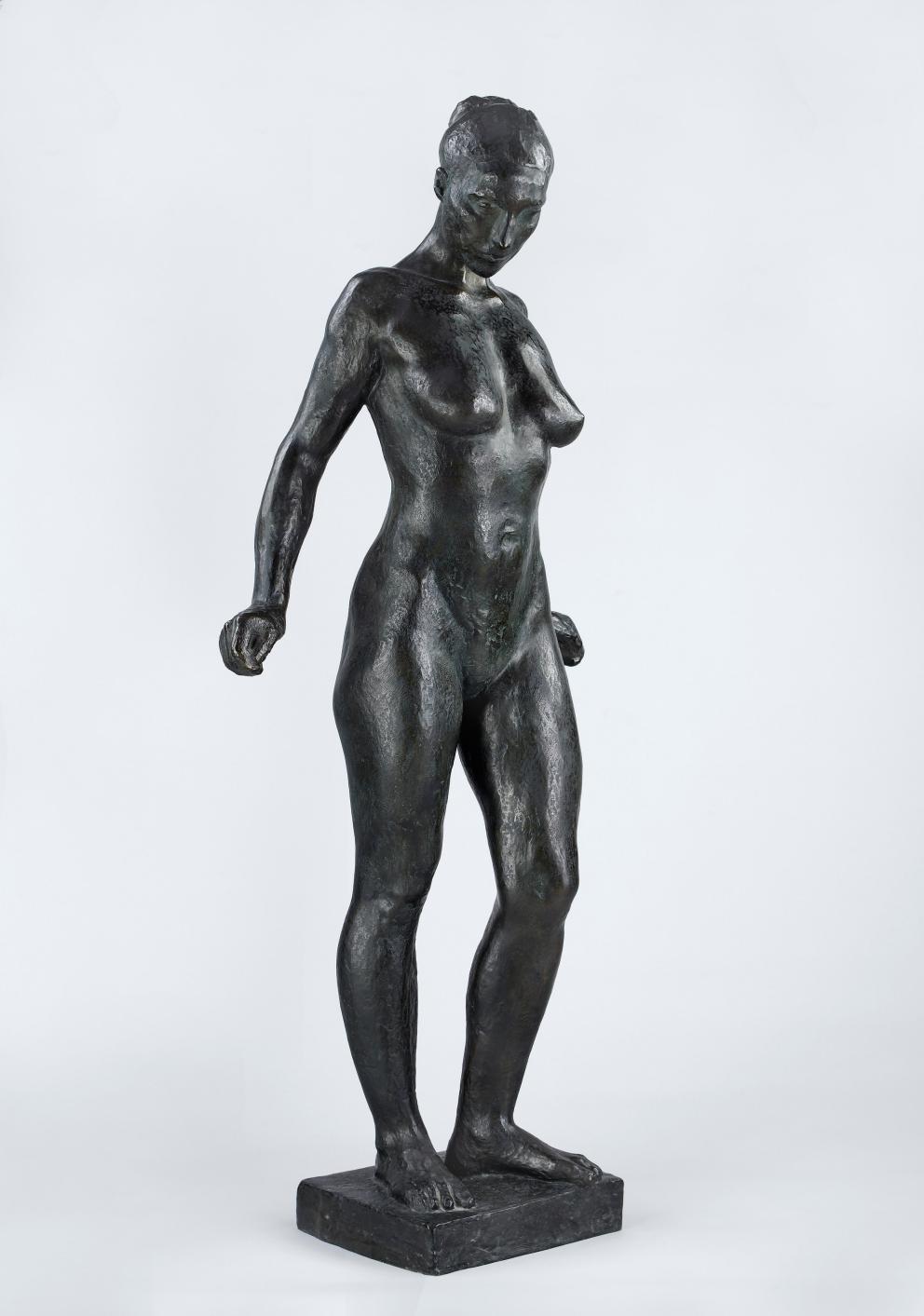
Jean Carton
Paris, May 23rd 1912 – November 30th 1988
Carton worked from his first master’s lessons, Charles Malfray and Robert Wlérick, and from Rembrandt’s works. He excelled at portraits, like those of René Coty and François Mitterrand, which he made at their request. In 1943 he started creating his first etchings, and two were bought by Picasso.
A number of galleries showed his works, the most faithful one being the Galerie Bernier. In 1946 he received the Blumenthal prize, awarded by Germaine Richier, Marcel Gimond and Robert Couturier, and in 1949, he was given a residency at the Abd-el-Tif Villa in Alger, where he stayed for three years. A year prior to his death, his sculpture Marie-Christine standing was placed in the French Senate House foyer.
Paul Cornet
Paris, March 18th 1892 – Saint-Martin-de-Nigelles, April 10th 1977
Cornet’s art is touched by human and sensitive aspects. He was interested in the works of Rodin, Maillol and Despiau. He showed his works at the Salon d’Automne and the Salon des Tuileries. He received the Sculpture Grand Prize in 1932 for Naked woman sitting, and, the same year, the Galerie Bernier organized a monographic exhibition in his honor. After that, he evolved towards an art with ampler proportions as illustrated by Pomona or Venus and Amour, made for an alcove at the Meuron Orangerie (circa 1942). He also received a commission for a large sculpture at the Chaillot Palace in 1937, another for the Panthéon and the Saint Thomas d’Aquin church (circa 1942). Between 1954 and 1955 he made the Tulle Memorial, commemorating victims of the Second World War. Towards the end of his life, he was given the Wildenstein prize (1967) and the Paul-Louis Weiller prize (1972).
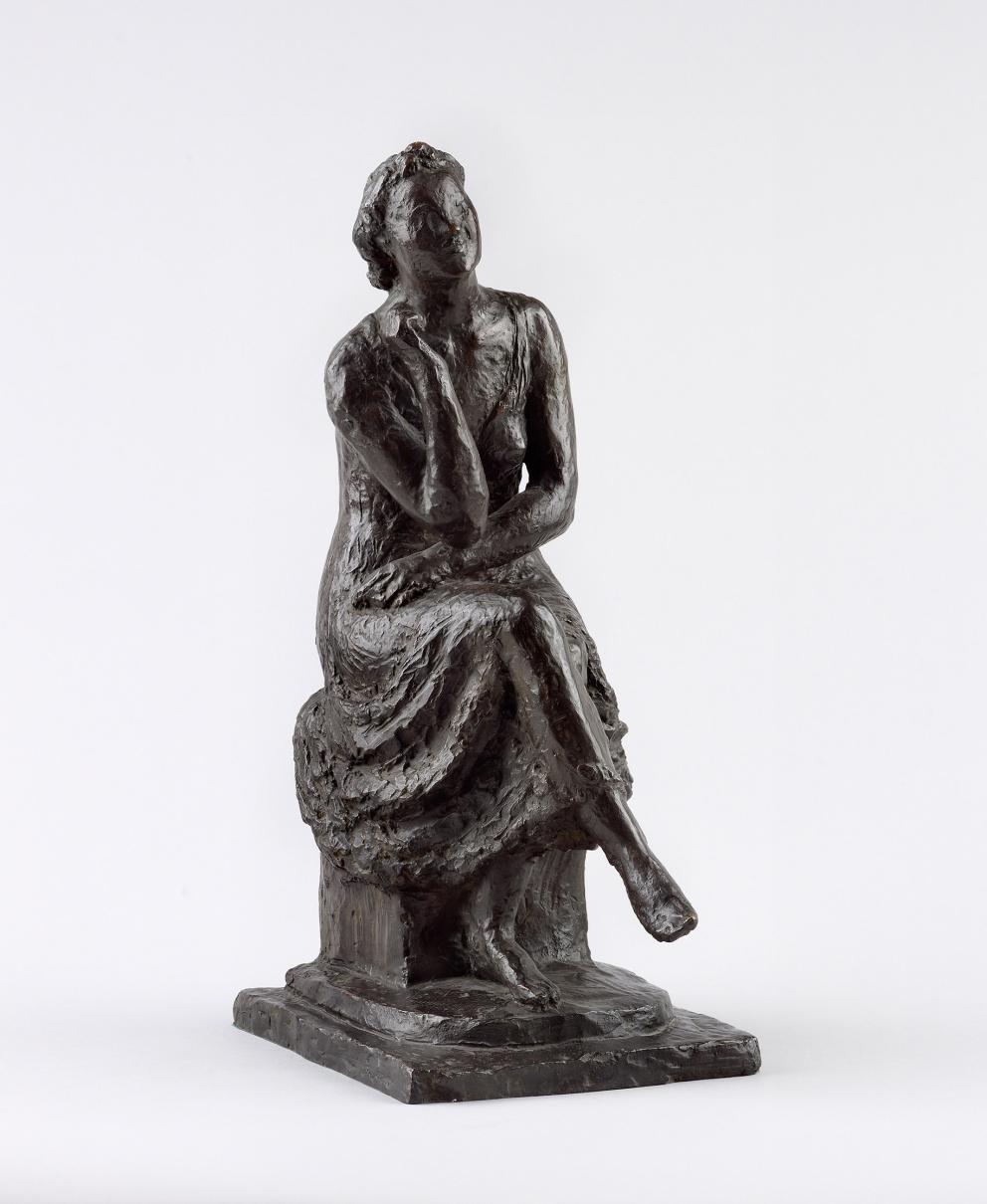
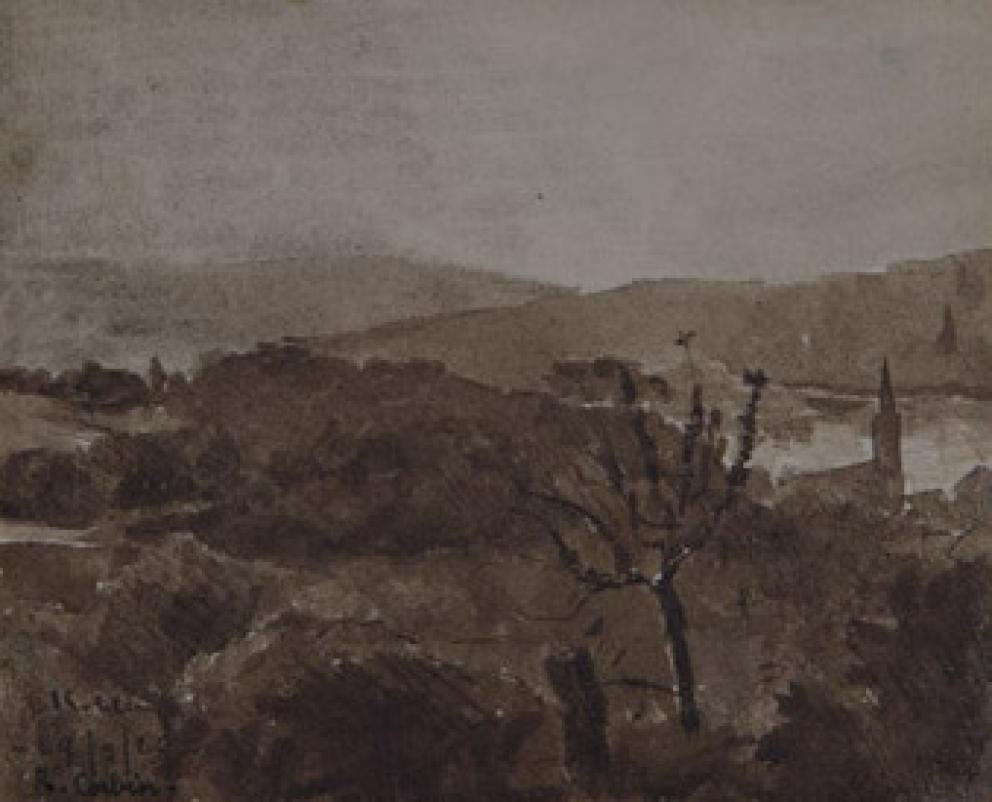
Raymond Corbin
Rochefort, April 23rd 1907 – Boulogne Billancourt, March 1st 2002
Corbin is considered one of the most important French medalists. Student of Henri Dropsy at the National School of Fine Arts, whom he succeeded as a medal engraver professor in 1955. In 1936 he got the Blumenthal Prize. A few years later, in 1969, he was the first laureate of the Germain Pilon Prize for his entire work, which included medals, currencies, sculptures, and watercolors. The Paris Mint organized two retrospectives: one in 1971 and the other in 1986. In 1988, the Bavarian State Coin Collection celebrated the artist with another retrospective.
Marcel Damboise
Marseille, August 8th 1903 – Paris, February 2nd 1992
Damboise, from his arrival in Paris in 1926 onwards, participated in several exhibitions and fairs, like the Salon des Tuileries, the Painting and Sculpture biennale in Cachan, and the Salon des Indépendants where he met Paul Cornet, Charles Despiau, Aristide Maillol and Charles Malfray who became his spiritual masters. From 1932 to 1935 he stayed at the Abd-el-Tif villa in Algeria where he made the Foundouk Monument.
He received a number of public orders, for example in 1974 a stone Elie Faure Bust for a commemorative monument in Périgueux, for which he was awarded the memory prize of Périgord by the Letters and Art Academy. The French Institute prized him with the Wildenstein and the Paul-Louis Weiller prizes in 1971 and 1982.

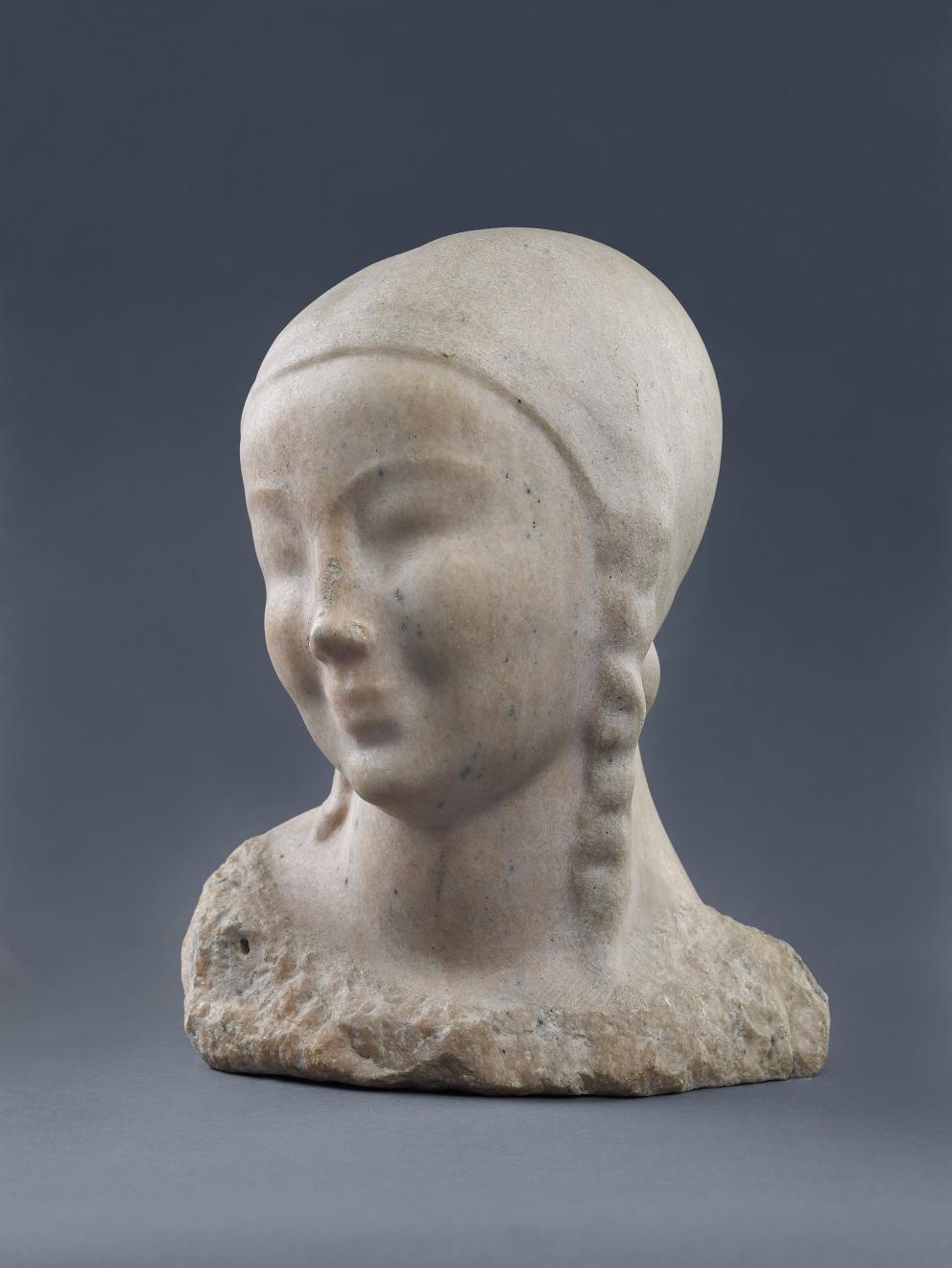
Léon Indenbaum
Tcherikov, Byelorussia, December 10th 1890 – Opio, September 29th 1981
Indenbaum arrived in Paris in 1911 and settled in a studio at the Ruche residence, where he met Modigliani, Soutine, Kremègne, Chagall and other artists of the School of Paris. He started working under Emile-Antoine Bourdelle and in 1912, showed his works at the Salon des Indépendants. For Jacques Doucet, his first benefactor, Indenbaum made a number of decorative panels.
During the war, Indenbaum hid and a number of his works were destroyed.
In 1968, he was awarded the Wildenstein prize by the French Institute.
Léopold Kretz
Lvov, February 4th 1907 – Cambo-les-Bains, April 16th 1990
Kretz arrived in Paris in 1931 thanks to a scholarship and frequented the Landowski-Gaumont studio at the Fine Arts School, as well as the Bourdelle workshop at the Grande Chaumière Academy. His most famous works are the Liberation Monument of Crest (Drôme), the Archbishopric Fountain in the Notre-Dame square and several medals for the Paris Mint, like those representing Georges Auric. He also participated in several events (Salon d’Automne, Salon des Tuileries) and exhibitions (“the contemporary French sculpture, from Rodin to today”). His first personal exhibition took place at the Simonson and the Pierre Loeb galleries. He received a number of prizes, including the Viking prize in 1951.
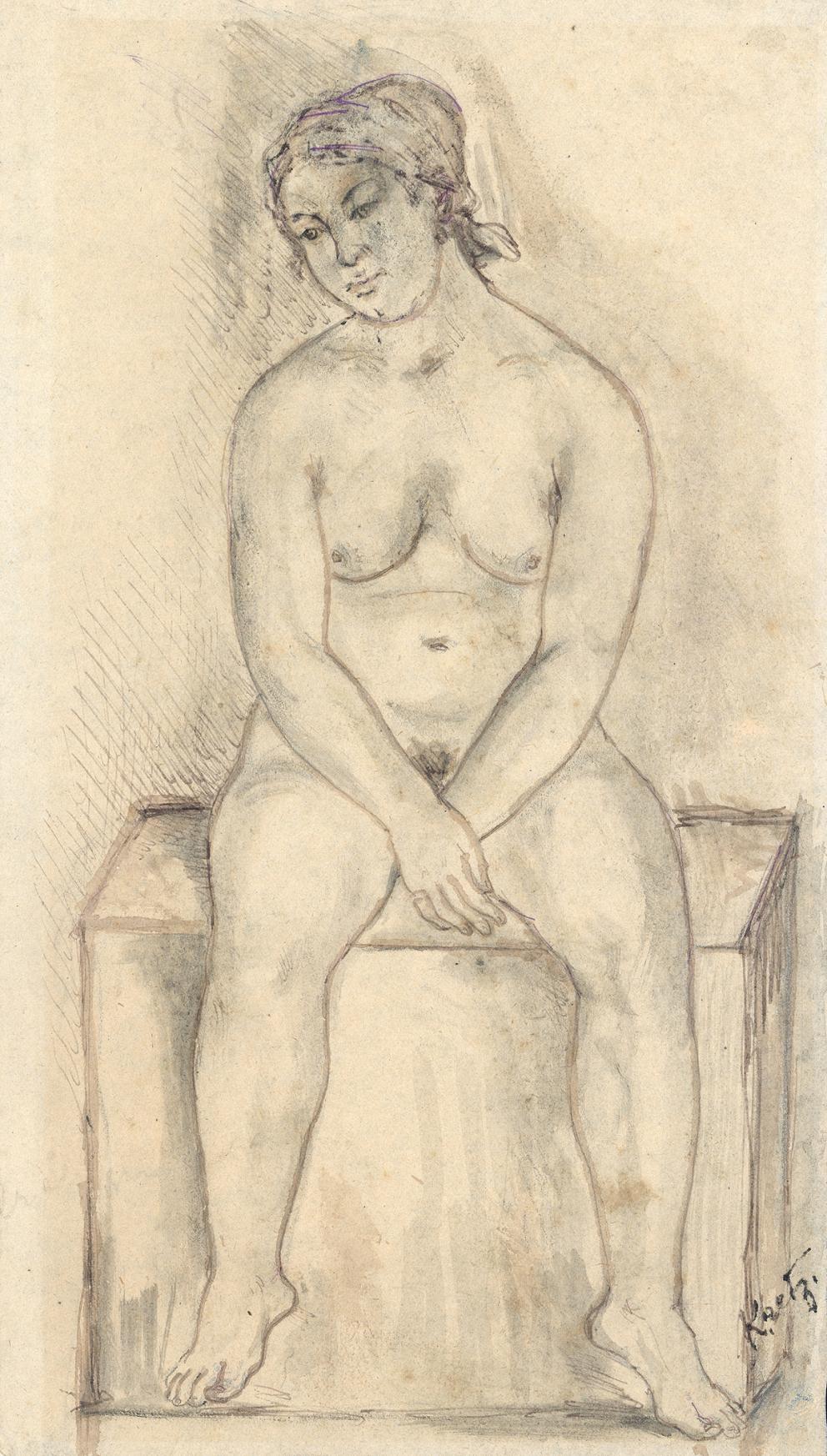
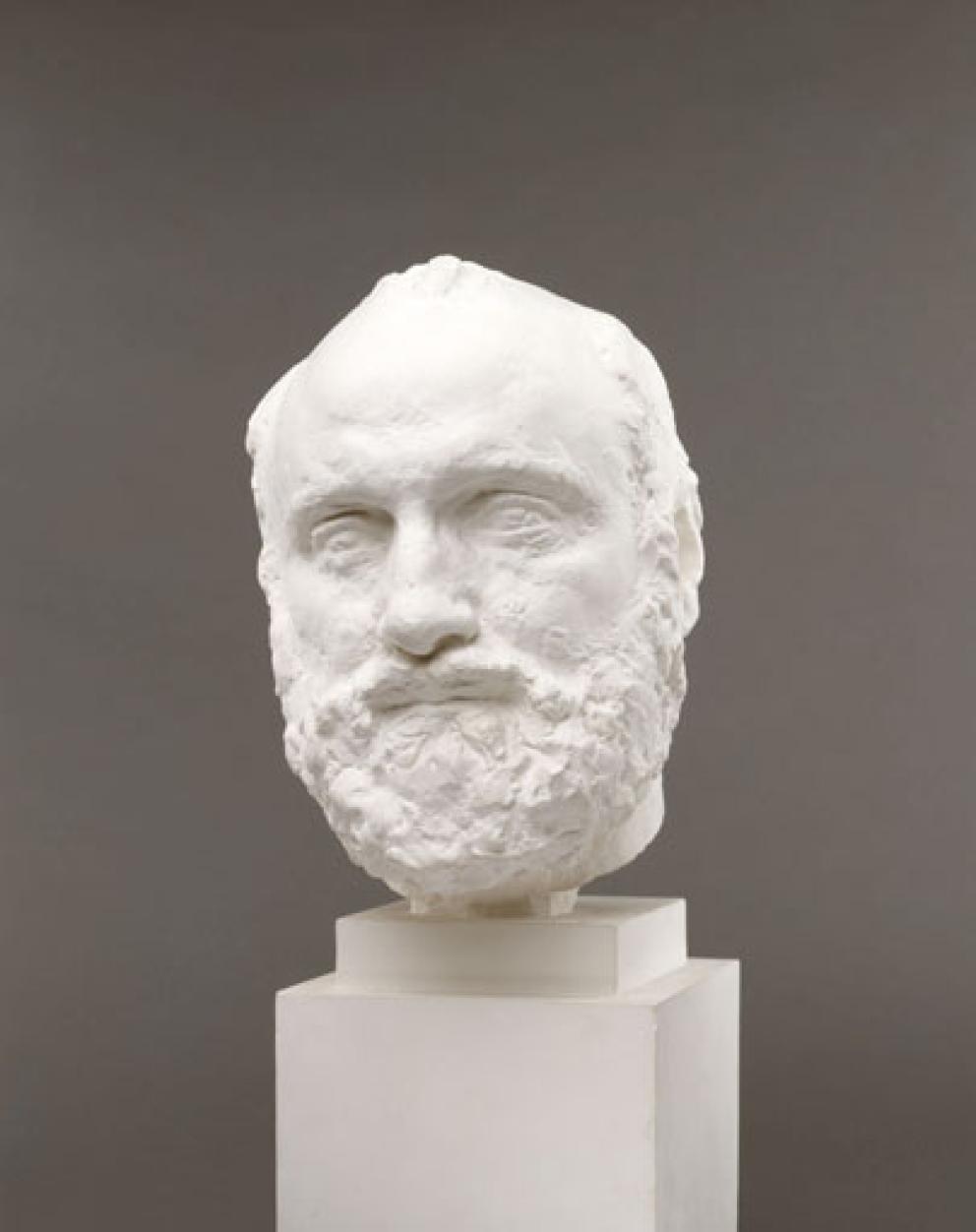
Raymond Martin
Paris, April 24th 1910 – Maisons-Laffite, February 3rd 1992
After academic studies, he started exhibiting regularly at the Salon des Tuileries, starting in 1927. In 1932, he showed his works at the Galerie Paquereau, as well as the Salon d’Automne and was given the Blumenthal prize. His more intimate creations, based on drawings and the relationship with the model are accompanied by important commissions from the French State like the Esquestrian Statue of the Maréchal Foch (1936-1951) at the center of the Trocadéro square, as well as the monument for the Général Mangin (1950-1954) next to the Saint François Xavier church, and the Général Leclerc monument (1965-1969) at the Porte d’Orléans. In 1973 the Tunisian State ordered an equestrian statue of president Habib Bourguiba.
The Galliera Museum and the Paris Mint both organized retrospectives in 1960 and 1985.
Gunnar Nilsson
Karlskrona, Sweden, April 17th 1904 – Chesnay, November 28th 1995
Nilsson focused his practice solely on sculpture from 1927 on, and during his career, he exhibited in Paris, Stockholm, New York, Nice, Bordeaux and Gothenburg.
He was a member of the Royal Swedish Fine Arts Academy, a member of the French Institute as well as an honorary member of the Lund University in Sweden. What’s more, he was given the French Legion of Honor, made officer of the Swedish Order of Vasa and was awarded the gold medal of prince Eugène.
His works are kept in several museums and public locations in France and Sweden.
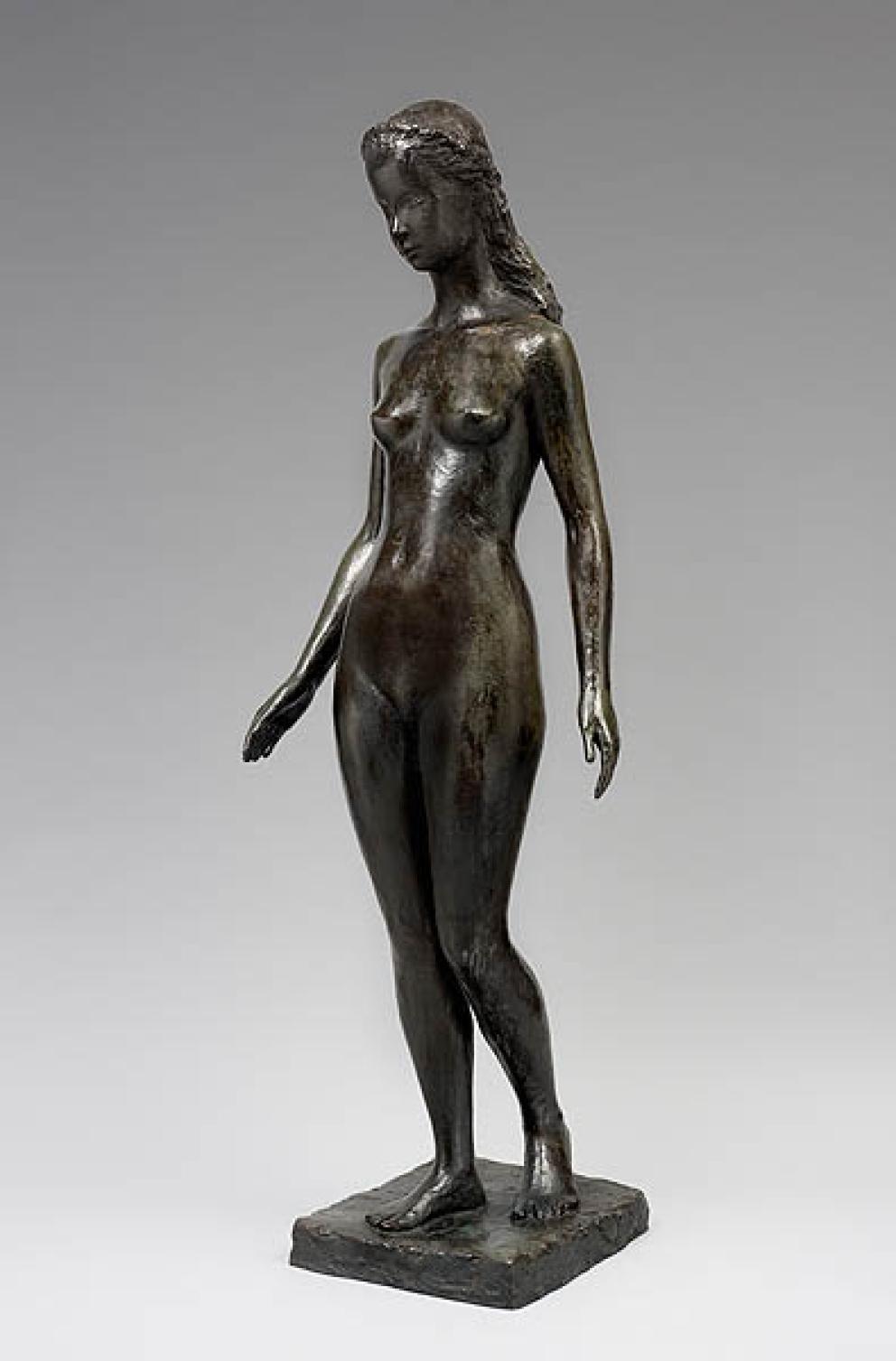
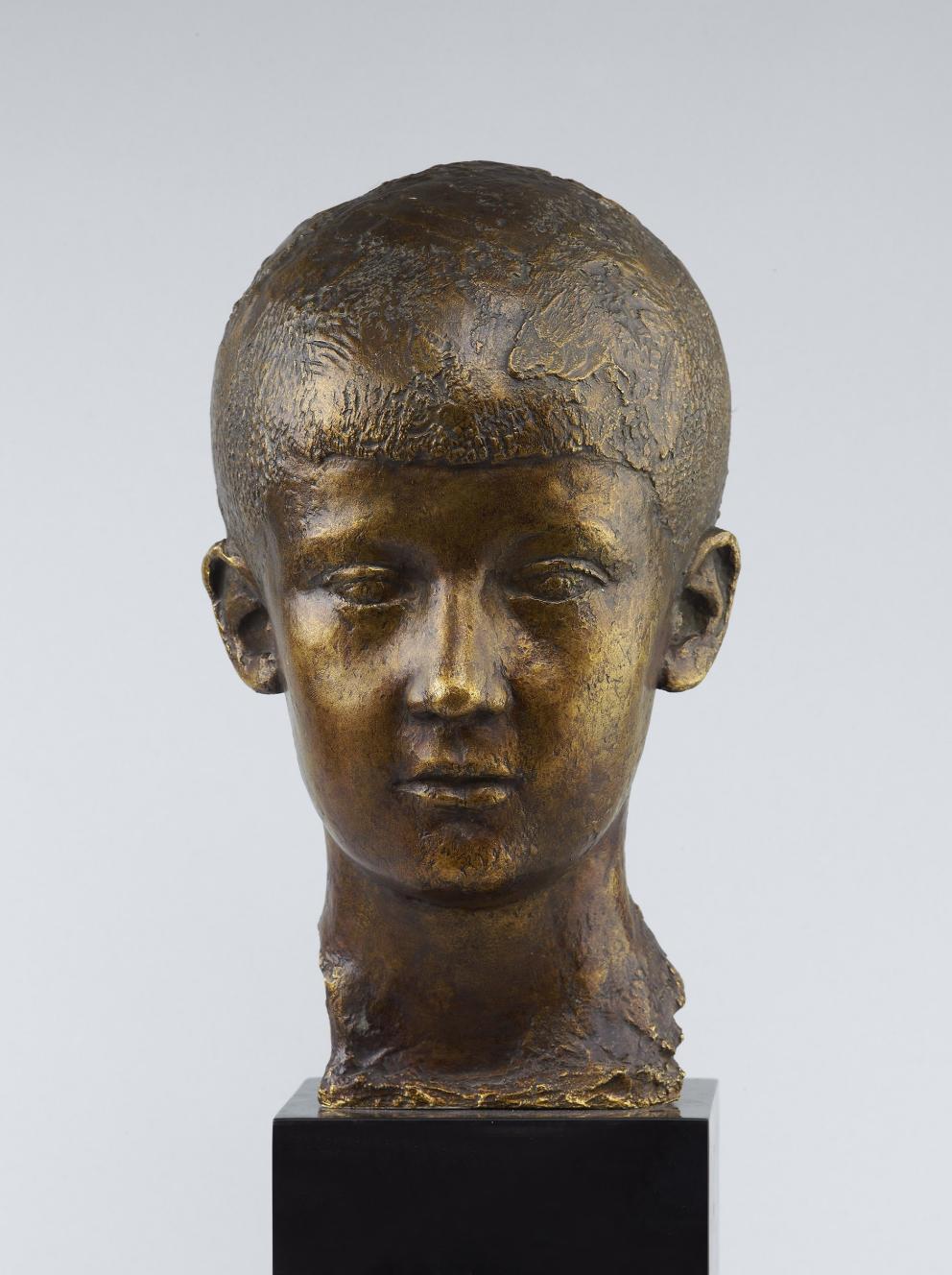
Jean Osouf
Vitry-le-François, une 15th 1998 – Nogent-sur-Marne, June 15th 1996
Osouf focused his artistic practice on sculpture when he was thirty years old. After discovering the Chartres Cathedral, his work was greatly influenced by medieval tradition. His first exhibitions took place at the Salon des Tuileries and the Galerie Georges Petit in 1934. His monumental sculpture, The Awakening was erected in front of the City of Paris Modern Art Museum in 1937 for the International Exposition of Art and Technology in Modern Life. In the following years, he exhibited abroad, in Stockholm, Amsterdam, Brussels, Copenhagen, the Hague, Cairo, Madrid, New York, Oslo… What’s more, he received a number of prizes, honors and rewards, like the Paul Louis Weiller prize (1964). After his death, around forty of his works joined the Reims Fine Arts Museum.
